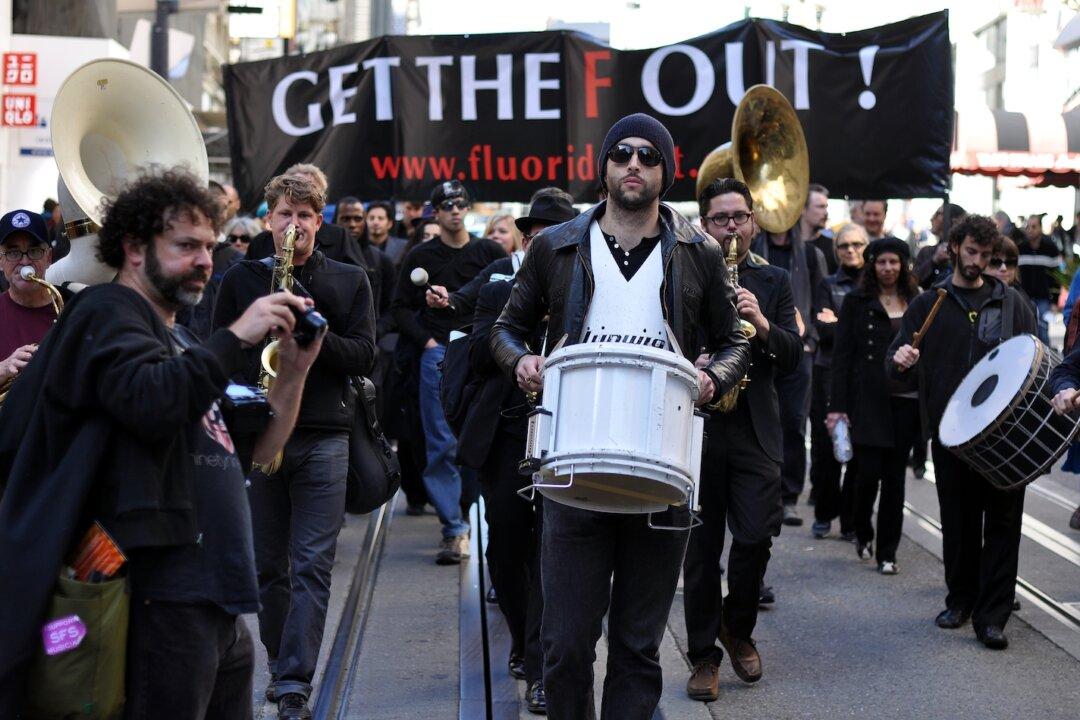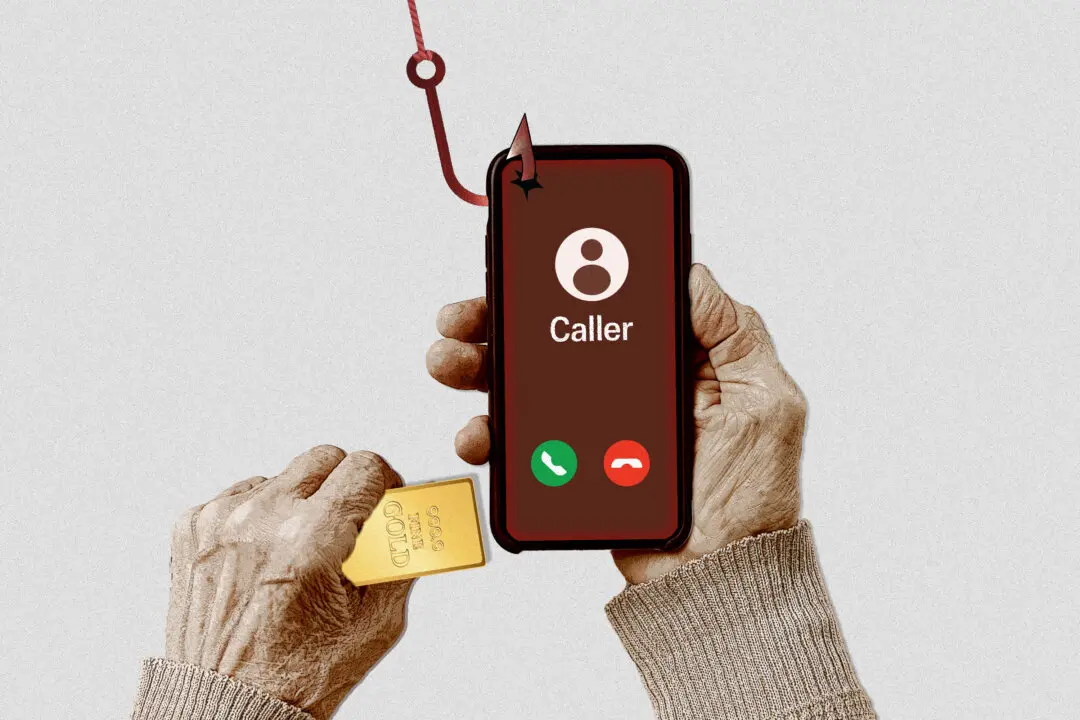YORKTOWN, N.Y.—The Environmental Protection Agency is continuing its review of a district court judge’s decision in late September that required the agency to determine the potential health risks of fluoridated water but did not impose a ban.
Environmental watchdog Food and Water Watch filed suit in a California federal court, arguing that community water fluoridation at a level of 0.7 milligrams per liter poses an “unreasonable risk” of injury to human health and lower IQ in children.





